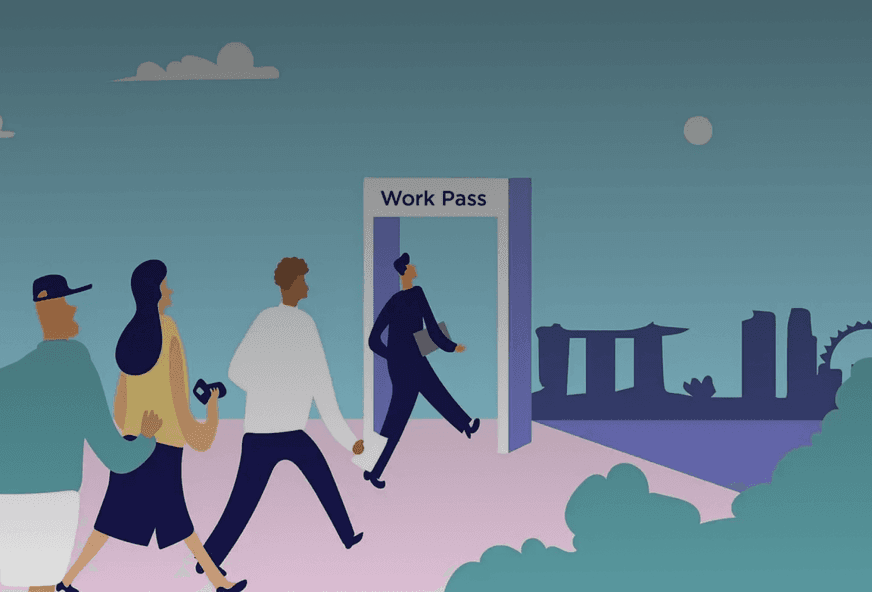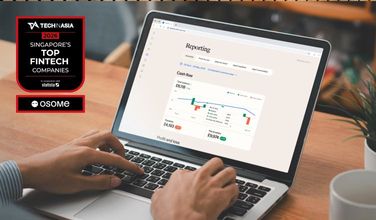Business insights from Osome Blog
Our articles help you with navigating the intricacies of running a company in Singapore. From checklists to roadmaps and clear explanations of bureaucratic rules, we provide you with all the essential information you need.
Topic

Foreigner's Guide4 min read
The Difference Between an Employment Pass and an S Pass in Singapore
Read
Accounting & Bookkeeping6 min read
Why Founders Delay Switching Their Accounting Provider — Why That’s Risky
Read
Accounting & Bookkeeping6 min read
Why Healthcare Startups in Singapore Are Switching Their Bookkeepers
Read

Accounting & Bookkeeping6 min read
Changing Your Accounting Provider Isn’t Downtime — It’s an Upgrade
Read


That’s Osome3 min read
Osome Expands to UAE to Empower Founders With AI-Enabled Business Management Platform
ReadGet expert tips and business insights
By clicking, you agree to our Terms & Conditions,Privacy and Data Protection Policy
We’re using cookies! What does it mean?

